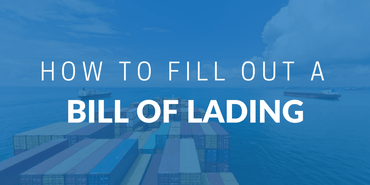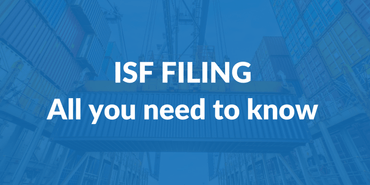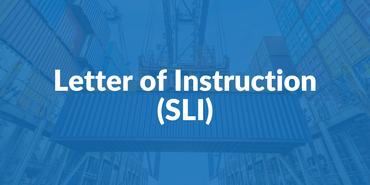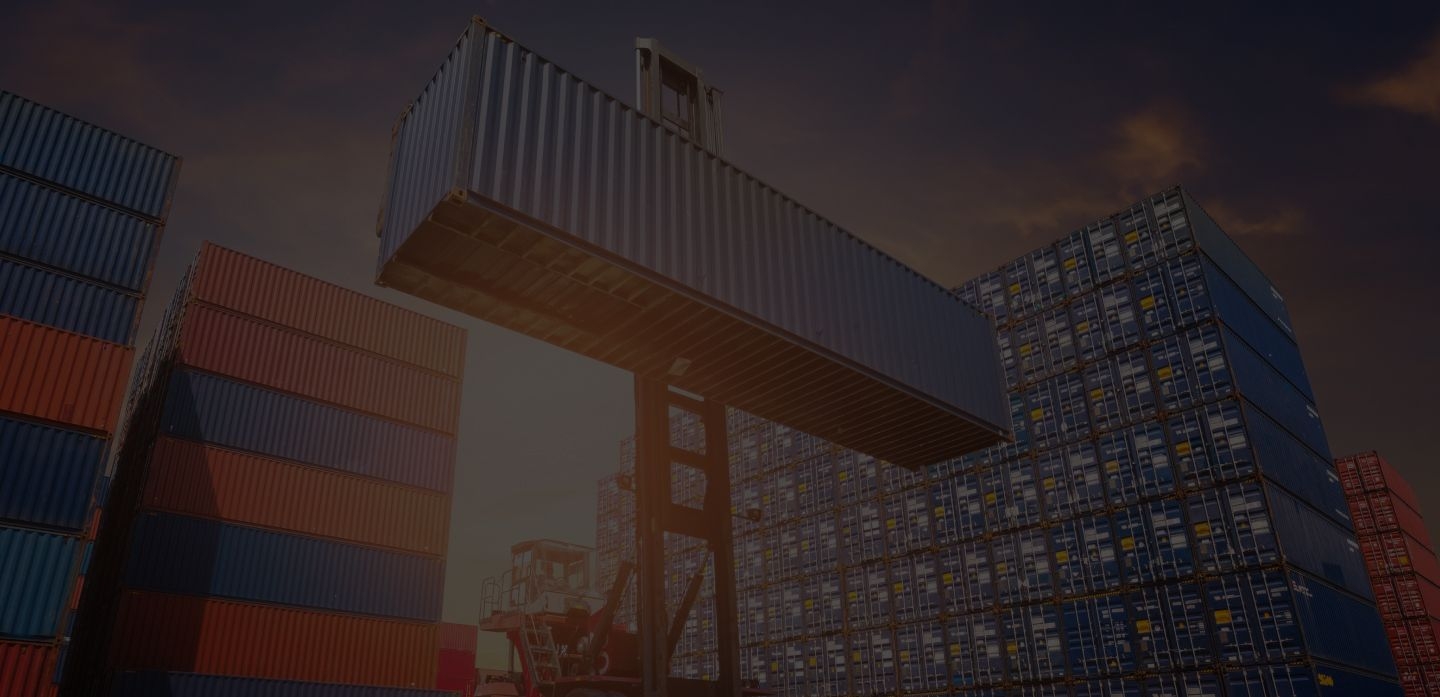
House and Master Bill of Lading: A Complete Guide
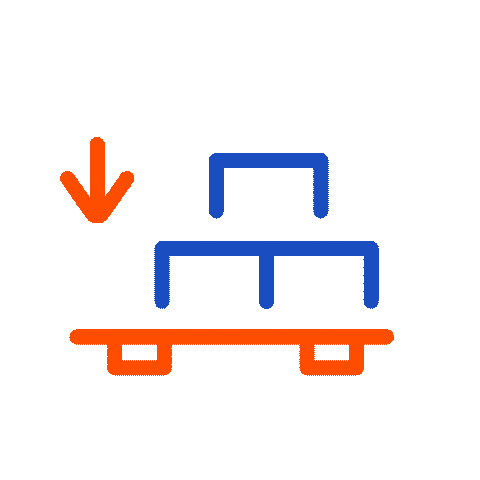


![]()
House or Master Bill of Lading?
The most important document in the ocean freight industry is the Bill of Lading. Much confusion may arise from this document, and it is extremely important to understand the different types of Bill of Ladings such as the original B/L, Telex Release, and Express Release, and how they differ.
A Bill of Lading, or B/L, simply put, is a legal contract of carriage for the cargo being shipped. It contains details of the shipment, dates, parties involved, etc.
When dealing with Bill of Ladings, it is important to note whether you’re handling the House Bill of Lading, or HBL, or Master Bill of Lading, or MBL.
Master Bill of Lading
The Master Bill of Lading is also known as the Ocean or Carrier Bill of Lading. Since the Master B/L is issued by the shipping line to the NVOCC, the shipper is usually the NVOCC or their corresponding agents. The consignee is usually the NVOCC operator, or their destination agents or counterparts. And the notify party could be the same as the consignee or any other party.
How it works: As soon as the NVOCC receives the shipment from the shipper, it re-books the exact same cargo with shipping carriers. Once the carrier confirms that it has received the cargo, it releases the Master Bill of Lading to the entity who has made the booking. In this case, it would be the NVOCC.
House Bill of Lading
The House Bill of Lading is issued by the NVOCC to the actual customer. The shipper listed on the House B/L is usually the actual shipper/exporter of the shipment, and the consignee the receiver/importer. The notify party may be the same as the consignee or any other party*.
How it works: As soon as the NVOCC receives the shipment from the shipper and ensures that all customs paperwork is completed, it releases the House Bill of Lading to the shipper.
| Party | Master B/L | House B/L |
|---|---|---|
| Issued by | Shipping carrier to NVOCC | NVOCC to customers |
| Issued on | Pre-printed form of shipping carrier’s Bill of Lading | Pre-printed form of NVOCC’s Bill of Lading |
| Shipper | NVOCC or its agent | Actual shipper/exporter* |
| Consignee | Destination agent or NVOCC | Actual receiver/importer* |
| Notify party | Same as consignee or any other party | Same as consignee* |
*Note: Cases in which a Letter of Credit is used as a payment method, the shipper, consignee, and notify party fields may differ depending on the agreement.
Important things to note
- In the US, unless freight forwarders are also registered NVOCCs, they are not allowed to sign Bill of Ladings. That said, they cannot issue Bill of Ladings nor appear as a shipper on Bill of Ladings. It can be listed only as a freight forwarder on the Master Bill of Ladings and its role is to help with customs clearance, etc.
- All fields on the Master Bill of Lading and House Bill of Lading including vessel information, description of cargo, container seal numbers, weight, number of containers, sail date, etc, should be the same. The only differences should only be in the shipper, consignee, notify party, and pickup location fields.
Related Articles
